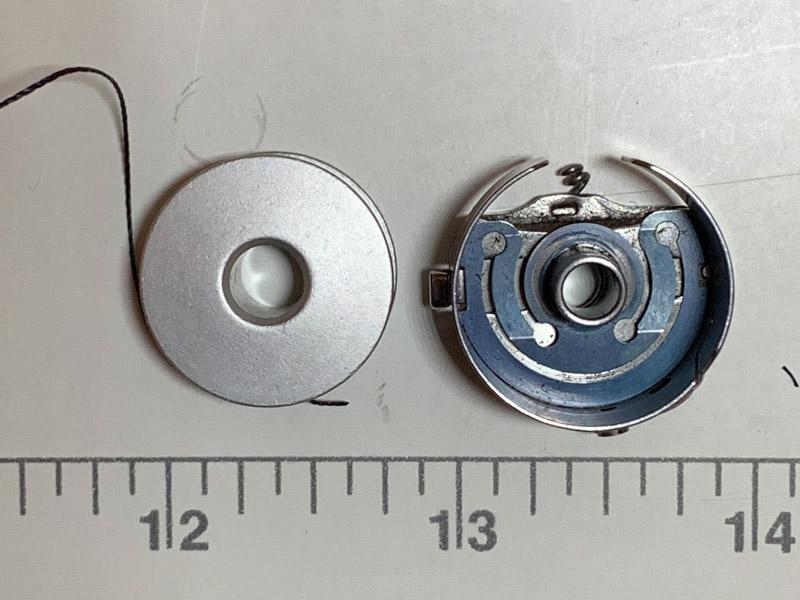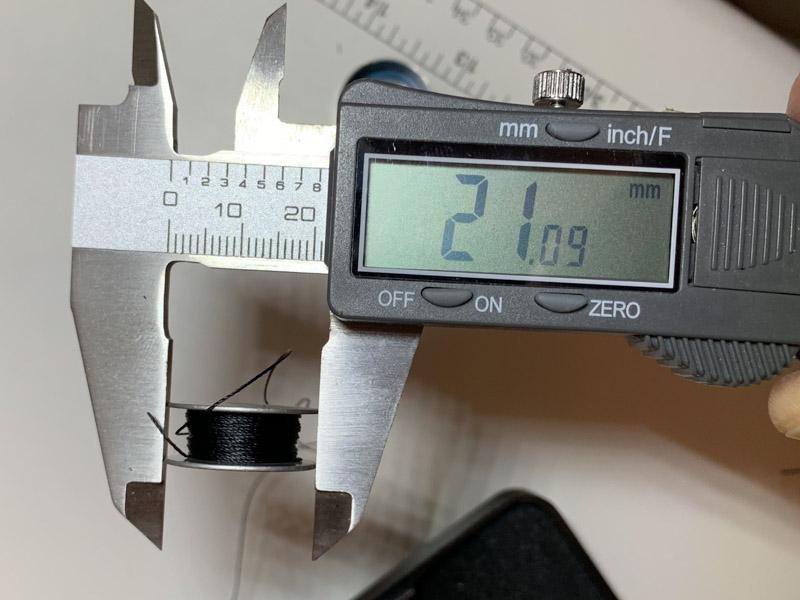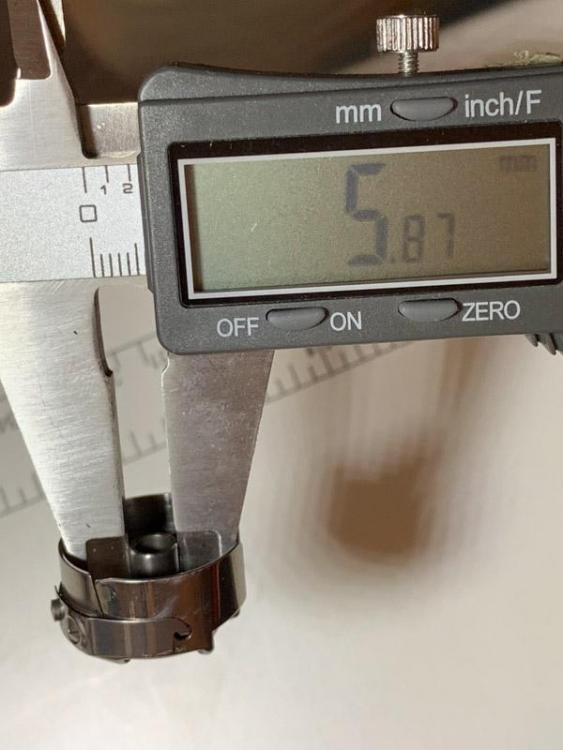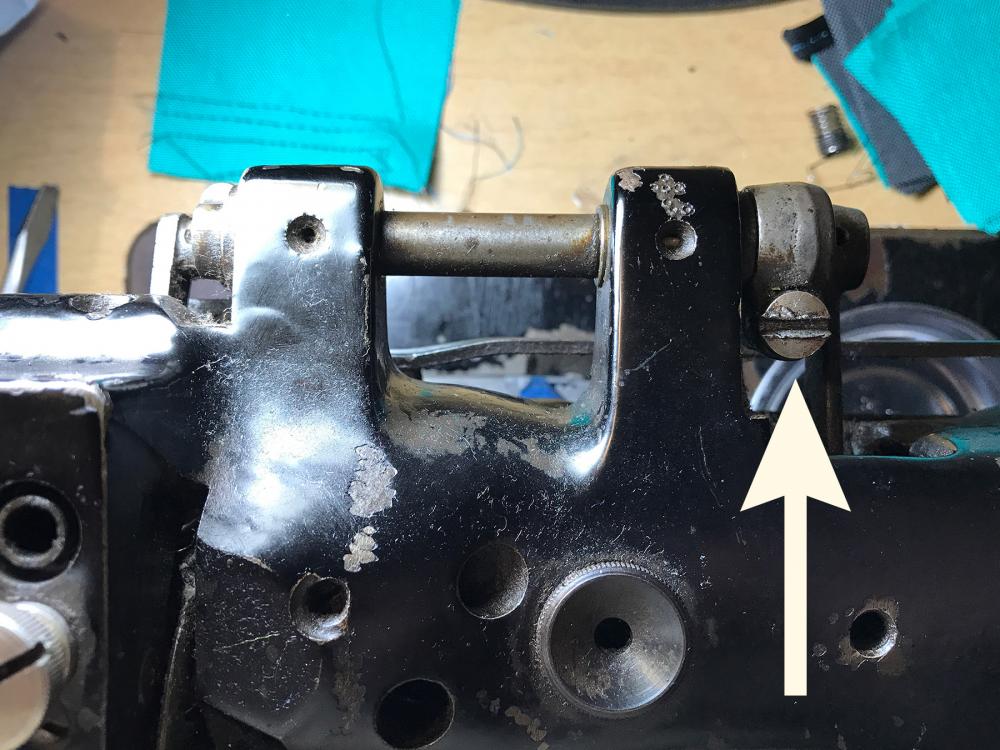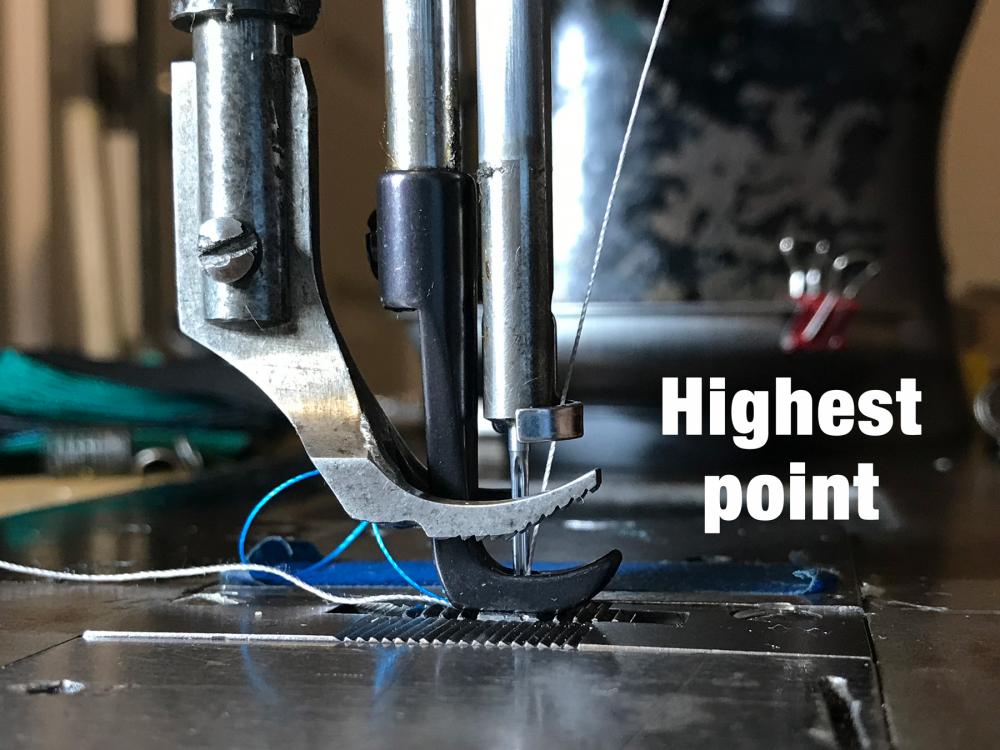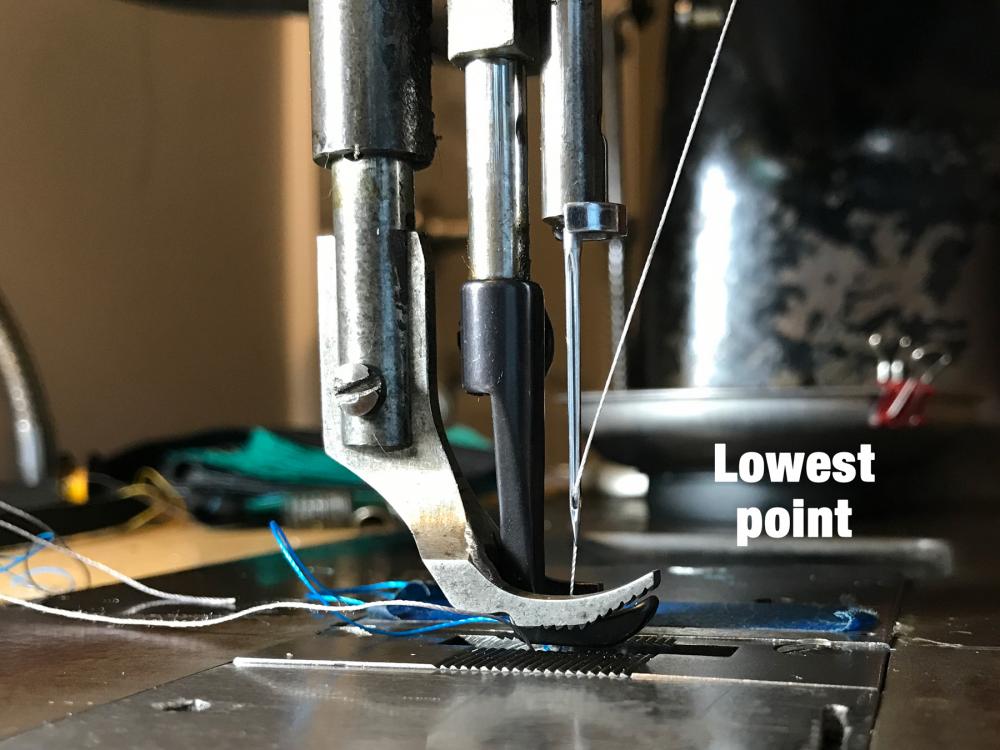-
Posts
18 -
Joined
-
Last visited
Content Type
Profiles
Forums
Events
Blogs
Gallery
Everything posted by ultimind
-
Fantastic to hear! Gives me more confidence in trying one out now.
-
Any update on this SV71 servo? How has it been working for you?
-
Thanks for the info! This gives me much more to go on. I am in Ohio. The Cerliani hook looks like what I've seen on YouTube for an aftermarket bobbin case. https://www.youtube.com/watch?v=KQihrdtPIxE
-
Here's the bobbin and bobbin case out of the machine. The machine works wonderfully but any increase in bobbin capacity would be welcomed.
-
-
I picked up a Yamata FY335A cylinder arm and was surprised that the bobbins are ever so slightly smaller than the standard G size that I am used to working with on my Singer machines. My question is whether this type of machine can have a (slightly) larger hook and bobbin basket/bobbin case assembly to take standard G-size bobbins? I've seen some anecdotal evidence of some aftermarket larger bobbin case/basket assemblies on YouTube but haven't found any parts that state this can be done explicitly. Thx!
-
Quick update - What "seems" to have solved my inconsistent tension issues is winding my bobbins on a different winder. The common variable previously was that all bobbins were wound on the onboard winder on the 1541S. I tried winding them on my 111W's side mounted winder and have had several hours of successful sewing with consistent tension. My 111W side mounted winder does seem to have more tension on the disks than what the 1541S disks are able to apply. I've tried maxing out the 1541S bobbin winding tension spring and it still isn't as tight as my 111W's. Would this cause a significant difference in the quality of the wound bobbin?
-
Dave- I'll have to give this a try. They feel smooth to my touch but that may not be as smooth as they can possibly be.
-
Groz Beckert round point. I have been using Size 21 needles for the past year with great success on my 111W and on a shared 1541S at another workshop. I have a feeling that stepping down to 18 or 19 is going to be problematic when stepping over thick assemblies or sewing over zipper tape. I may have to swap needles depending on what operation I'm working on.
-
I'm going to try some prewound bobbins and see if that helps at all. From what I've seen they're wound at the factory with much more consistent tension. I will be sure to double check my twist direction as it's going through the thread path - I hadn't thought of twist direction as being critically important. Muscle memory serves to make me do it the same each time but I've not really paid attention to the orientation.
-
I've removed and cleaned the tension disks and there are no obvious defects - they are smooth and clean. Pulling the thread coming off the tension assembly seems to be fine as well. Every different type of thread feels a bit different. Some bonded nylons come off in a silky smooth fashion (Coats Tex70 Bonded Nylon is smoother than A&E) but the same problems creep up regardless of thread vendor or thread age. I have some old spools of Coats Tex70 bonded nylon from 2008 that are significantly smoother than stuff from November of 2017. FWIW... Running Tex90 bonded polyester with a size 21 needle has far less issues - still not perfect, but the results are closer to being acceptable. Not sure what this means. I'm going to attempt to source some Juki OEM bobbins and a OEM bobbin case as well.
-
It was interesting I noted this part missing from nearly all the machines in the factory where I got this from. Perhaps removed for a reason or it's easily damaged in production. Looks like it's ~$25 in parts to get that piece replaced. Certainly won't be seeing the daily grind in my home shop that this machine saw for the first few years of its life.
-
Here's the top threading. The guard in the last photo was removed to better see the thread path.
-
Changing down to a Size 18 did help with consistency to some degree. There's still a few spots where it it gets tight for a single stitch.
-
Picked up a new-to-me Juki 1541S and initially it sewed wonderfully. Machine was very dirty from being used in a factory environment. I'm afraid my good intentions of cleaning and oiling everything has caused some serious inconsistent tension issues. Oiled all indicated points per the manual, removed needle plate cover and evacuated all the old factory lint. Cleaned out bobbin case area with compressed air and a brush. For this project I'm sewing nylon with Tex70 bonded nylon thread. Visually, it appears that the top thread goes from having too much tension, to too little tension. This happens at all sewing speeds. Whether I'm crawling slowly or ripping through at max speed. Bottom side fares a bit better but is also not entirely inconsistent. Any thoughts or recommendations would be helpful. I've ripped my hair out all day over this! • I have checked all the thread paths and they are clean and clear, no snags. • Needle is fresh - Size 21. • Bobbin case holder is not Juki OEM - it's made by Haya (problem?) • Bobbins were cheap $0.50/ea from Amazon in a 20pk (problem?) • Hook timing appears to be correct • Check spring path is clean and clear • Tension disks are clean and clear
-
This adjustment seems to do the trick. The long presser spring wasn't under quite enough tension to press the outer foot down to where it needed to be for thin fabric. I'm now sewing as thin as 2 layers of 500D Cordura as well as 6 layers of heavy canvas and have grip from the outer walking foot while the needle is advancing. Thanks all for your insights! So many screws that seem undocumented in the original manual or any clone manuals of later machines.
-
I'm relatively new to the world of sewing and I've begun to get my Singer 111W113 back in working order after having it in storage for the past two years. When I bought the machine back in 2014 everything was aligned and the outer presser foot operated properly. While putting everything back together I'm realizing that the outer foot has far too much clearance, especially when sewing a few layers of material. I'm currently working with a lot of Cordura and heavy canvas for making bags. 6+ layers of Cordura are thick enough to make contact with the outer foot and provide pressure. Less material just slides around freely. I've made attempts to adjust the height of this bar but it seems to be in it's lowest possible position. Is there more to adjusting the outer foot pressure / clearance than just the screw on the top rear of the machine? Thanks in advance!




